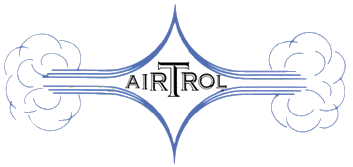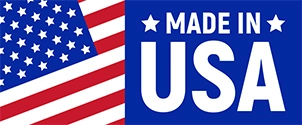How Diaphragm Check Valves Work
Check valves are used in many applications to control the flow of gases or liquids using varying mechanisms. Vacuum systems and small-bore, low-pressure systems often incorporate diaphragm check valves to prevent reverse flow and the risks associated…
How Vacuum Regulators Work
A vacuum regulator controls and stabilizes pressure through the use of inlet and outlet ports that allow higher pressure air into or out of the system as needed. Vacuum breakers and regulators operate under similar principles, but where a regulator…
How Check Valves Work
Check valves—also referred to as non-return, one-way, or clack valves—are valves designed to allow for unidirectional fluid flow. They are employed in a wide range of fluid handling systems as a preventative measure against backflow, overflow,…
How Pressure Switches Work
Pressure switches are important components for controlling the activation and deactivation of pumps in fluid systems when pressure thresholds are reached. They are also used in process control systems for maintaining steady pneumatic or mechanical…
The Basics of Pressure Relief Valves
Pressure relief valves—also known as pressure release valves—open at predefined pressure threshold to release fluid or air until the internal pressure of the system returns to tolerable levels. These valves are essential in many processes…

